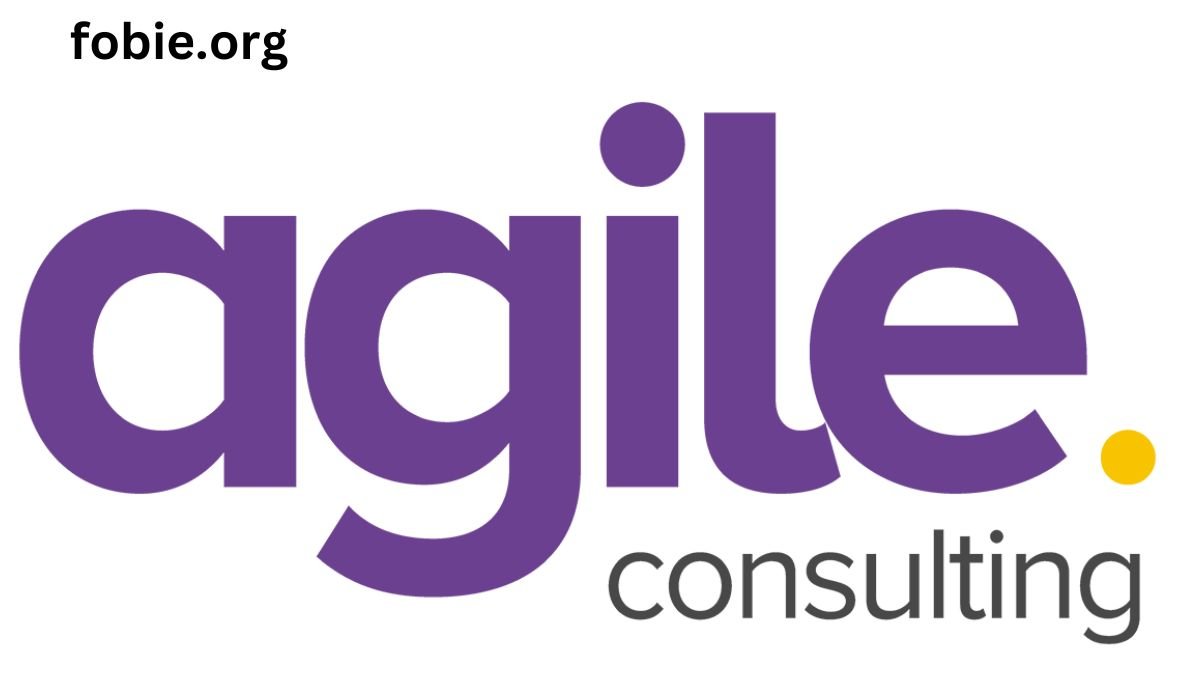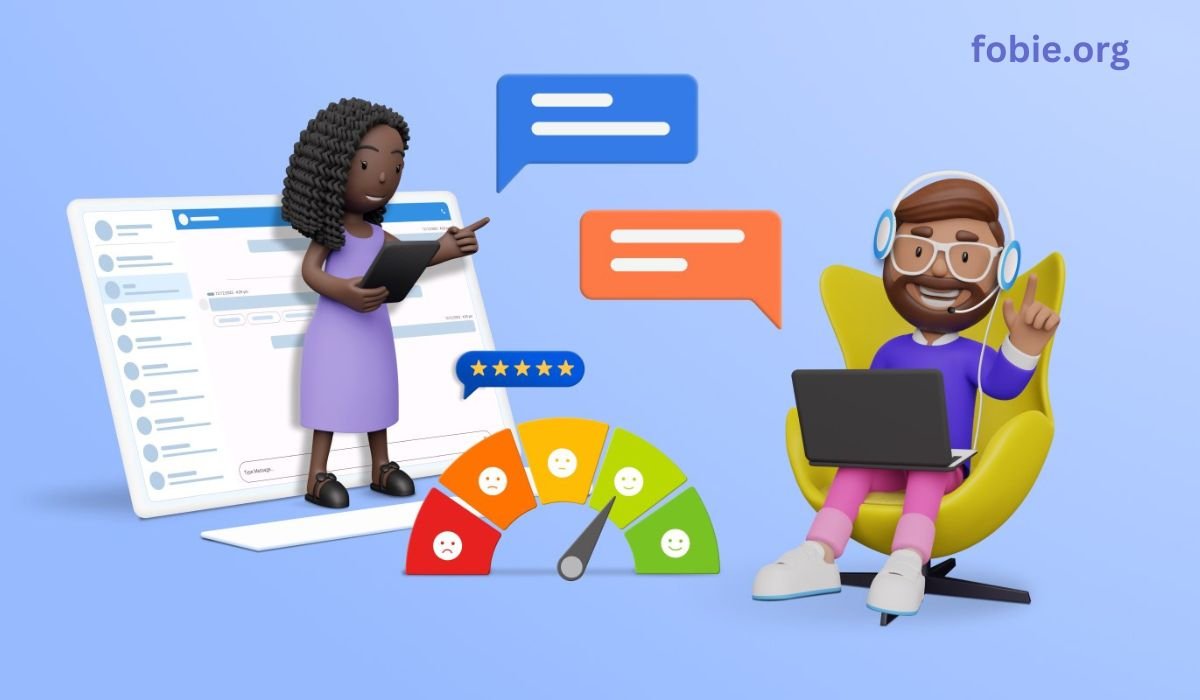Key Takeaways
- Understanding the importance of customer feedback for business growth.
- Strategies for collecting practical and actionable feedback.
- Methods to analyze and utilize customer feedback.
- Best practices for closing the feedback loop with customers.
The Importance of Customer Feedback
Customer feedback is critical for any business aiming to improve its products or services. It establishes a direct channel for the customer and the company to communicate, offering essential insights on successes and areas for enhancement. By understanding the needs and preferences of your customers, you can make data-driven decisions that enhance customer satisfaction and loyalty. Businesses that proactively solicit and implement customer feedback experience an increase in customer loyalty and profitability. Moreover, comprehensive customer feedback software can significantly simplify this process, allowing businesses to efficiently collect, analyze, and act upon feedback.
Integrating customer feedback into business strategies is beneficial and essential in today’s competitive market. Companies that listen to their customers will avoid losing them to competitors who are more attuned to their needs. Additionally, customer feedback can uncover issues that might not be apparent from internal assessments, providing a fresh perspective that can lead to significant improvements.
Collecting Customer Feedback
Various methods exist to collect customer feedback, each with its advantages. Surveys, social media, direct interviews, and third-party review sites are among the most effective channels for gathering valuable insights. Utilizing multiple channels ensures a holistic view of customer sentiment. Experts suggest combining quantitative and qualitative feedback methods for a comprehensive understanding.
Surveys
Surveys are a practical and direct method of collecting feedback. Online tools make it simple to distribute and analyze customized business solutions. You can gain insights about your products or services by asking targeted questions. Open-ended questions can also provide qualitative data that dives deeper into customer opinions and experiences.
Social Media
Social media platforms provide a beneficial opportunity to listen to customer feedback. Monitoring mentions, comments, and direct messages can capture genuine real-time feedback. People often express their honest opinions more freely on social networks, providing unfiltered data that can be incredibly insightful.
Analyzing Customer Feedback
Once you have collected the feedback, it’s crucial to analyze it effectively. Advanced tools like sentiment analysis software, text analytics, and statistical methods can help you derive actionable insights from customer feedback. These tools enable you to categorize feedback into common themes, identify significant areas for improvement, and detect emerging trends. Analyzing feedback data helps recognize patterns that indicate underlying issues or opportunities for enhancement. For instance, sentiment analysis can determine the overall emotional tone of customer feedback, providing a quick overview of customer satisfaction levels. Text analytics can help identify frequently mentioned keywords or phrases, pointing to specific issues or aspects customers are passionate about.
Utilizing Customer Feedback
Acting on customer feedback is as important as collecting it. The insights gained should be used to implement changes that lead to better customer satisfaction and loyalty. It could mean product improvements, process alterations, or changes in customer service approaches. Keeping track of these changes helps measure the impact of the feedback and the effectiveness of the implemented changes.
Product Improvements
Feedback often highlights areas for product enhancements that might have been overlooked. Listening to your customers can drive significant product innovations and improvements that directly address their needs. Continuously improving your products with customer feedback helps you to outpace market trends and enhance your competitive advantage.
Service Enhancements
Service quality can significantly influence customer satisfaction. Use feedback to train your staff better, refine service protocols, and ensure each customer interaction is positive. Implementing customer suggestions can make service more efficient and enjoyable, increasing customer loyalty and advocacy.
Closing the Feedback Loop
Closing the feedback loop involves responding to customers to let them know their feedback is valued and has been acted upon. It improves customer relations and encourages more input in the future. Acknowledging customer suggestions and complaints shows that the company is committed to continuous improvement.
Responding to Customers
Keep customers informed about the steps you have taken based on their feedback. Personalize your responses where possible to make the customer feel valued. Responding promptly and thoughtfully shows that you value their feedback and are dedicated to enhancing their satisfaction.
Encouraging Future Feedback
When customers know their feedback won’t be ignored, they are more likely to share their opinions again. This continuous cycle can keep your business in tune with customer needs and expectations. Regularly updating customers about changes made based on their feedback can reinforce their trust and encourage ongoing communication.
Common Challenges and Solutions
One common challenge in collecting customer feedback is getting responses. Ensure that the process is easy and incentivizes participation. Another challenge is dealing with negative feedback. Handle it professionally and use it to improve and demonstrate your commitment to customer satisfaction.
Encouraging Participation
Make it easy for customers to provide feedback. Simplify the process and offer incentives such as discounts or loyalty points for sharing their opinions. A streamlined process minimizes the effort required from customers to share their thoughts, increasing the likelihood of participation.
Managing Negative Feedback
Receiving criticism may be difficult, yet it is frequently the most beneficial. Listen actively, empathize, and demonstrate your commitment to resolving issues. It can convert dissatisfied customers into loyal ones. By addressing complaints promptly and effectively, you can turn a negative experience into a positive one, showcasing your commitment to customer satisfaction.











